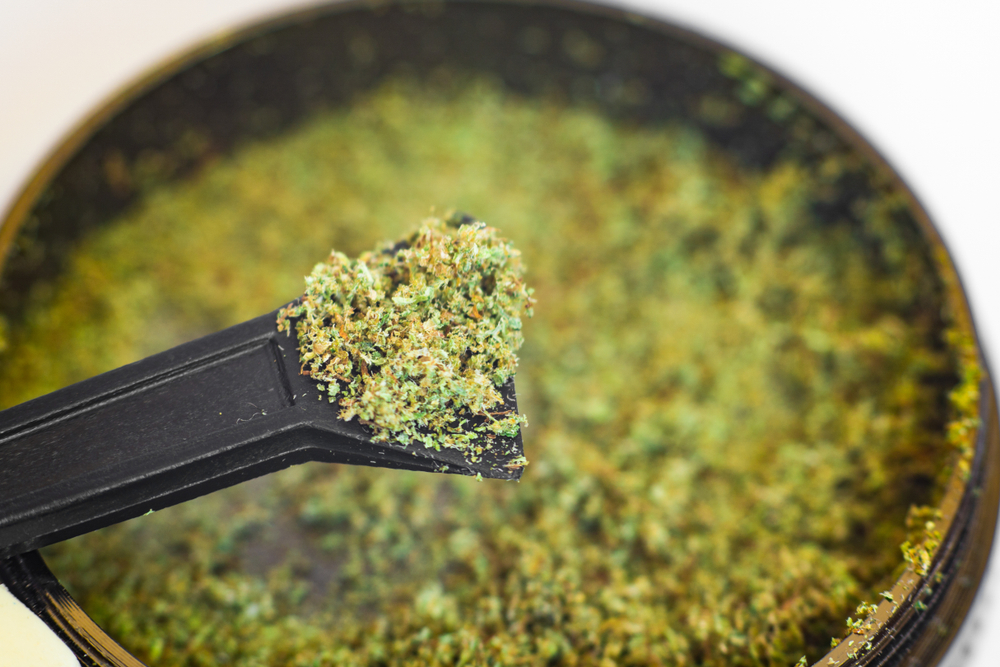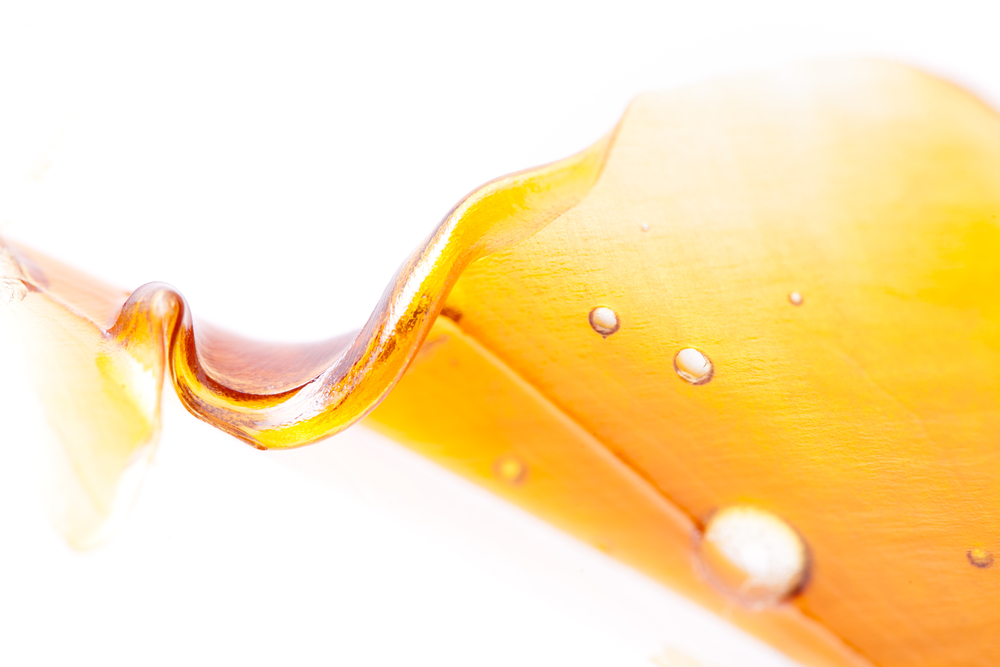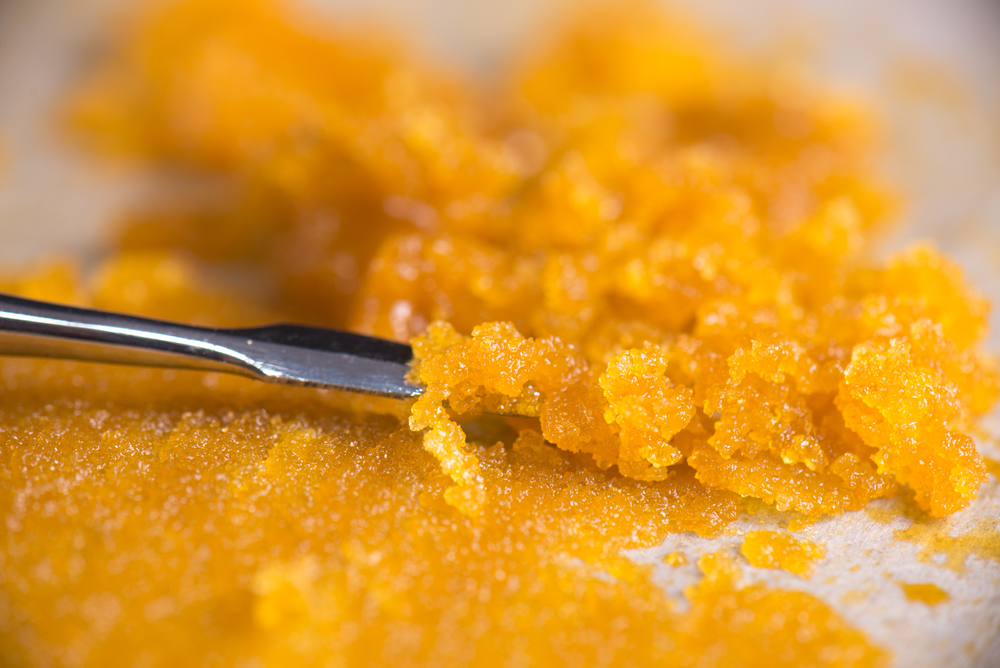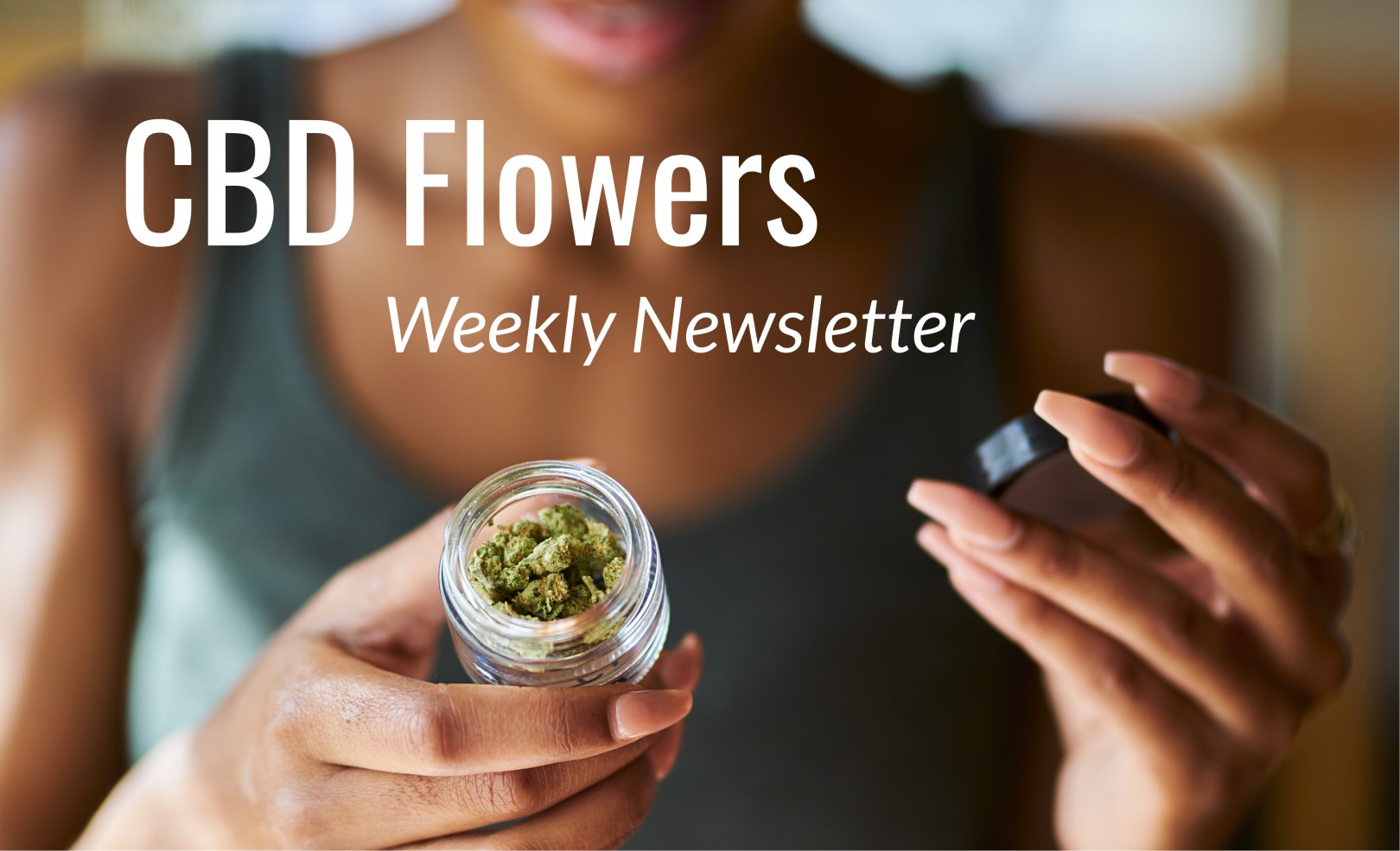When recreational cannabis dispensaries first started becoming a “thing”, shopping was relatively simple. There was a nice but usually fairly small selection of strains, some budget items, maybe a few edibles, and that was pretty much it. In the last few years though, that has changed entirely with the introduction of concentrates.
Initially you could find a bit of “wax” at some high-end dispensaries, and it was quite expensive. Now, any pot-shop worth their salt will carry at least a few different types of concentrates like crumble, sugar, shatter, and diamonds. It can honestly be hard to keep up with all the new products that are coming out. What are all these different cannabis concentrates? What do they do and how are they used? And most importantly, which one is best for you?
To learn more about cannabis, concentrates, and other products and get deals on flowers and other products, subscribe to the CBD Flowers Weekly Newsletter
What are cannabis concentrates?
Concentrates are cannabis products made by extracting the cannabinoids, terpenes, and any other desired compounds from the plant matter. Concentrates come in many consistencies from thick and waxy, to sticky liquids like honey, to power, and even crystals. They can be used on their on in a device known as a “Dab Rig” or you can sprinkle them on top of a bowl, joint, or blunt to boost the flavor and potency of your bud.
When thinking about concentrates, THC (tetrahydrocannabinol) usually comes to mind, but they can be made with CBD (cannabidiol) and other cannabinoids as well. Terpenes can be extracted and processed into concentrated solutions as well – terp sauce is a popular example of this.
They can range from 30% cannabinoid concentration in products like hash and kief, to just about 100% purity which you’ll find in diamonds; this means they can be either full spectrum or isolates, respectively. Over the last few years, concentrates have become extremely popular and they’re pretty easy to find at most dispensaries (in California at least). They range from about $20/gram for products crumble up to $100/gram for sauce.
Live Resin vs. Trim & Nug Run
This refers to the starting material of the concentrate, so we’re taking it back to the source. Different concentrates are made from different parts of the plant, and yes, this has an impact on the potency of the final product.
Trim run and nug run are both made from actual plant matter. Trim run is made from the trichome-covered loose leaves trimmed during harvest. What would normally be considered waste can be repurposed into decent quality and affordable concentrate. Nug run concentrates are extracted from flowers (nugs) that are grown specifically for concentrate production. Nug run extracts are usually higher quality and can focus on specific strains and terpene profiles.
Live resin also comes from cannabis, but it’s extracted when the plant is freshly harvested, before drying and curing. Working with a plant in this state allows processors to capture the most complex flavor profiles. To preserve the terpenes and protect them from the elements, fresh cannabis plants are cut and frozen until ready to be used for extraction.
Kief
Kief is the most basic and natural concentrate on the list, and it’s also the least potent. When you have a bag or jar of flower, once you get through all the buds and the left over shake, you’ll see a fine, powdery substance remaining in the bottom of your stash – Kief.

Kief is basically all the trichomes that fall off the buds when the rub against each other. This will happen especially if you have high quality buds that are a bit dry. One of the easiest ways to get your own kief is by using a grinder to break up your weed. Many nicer grinders will come with an additional compartment at the bottom called a “kief catcher”, which catches all the kief that get’s sifted off the flower when it’s ground up. Kief can be sprinkled over the top of a bowl, joint, or blunt. As a powder, it’s difficult to smoke on its own without any flower in the mix.
Wax
Cannabis wax technically refers to softer, opaque oils that have been extracted from the plant. Unlike those of transparent oils, agitation causes the molecules of cannabis wax crystallize. The word “wax” has now grown into a general term for these cannabis concentrates. It makes sense because the wax will take on different consistencies based on heat, moisture, and texture of the oil prior to being purged.
For example, you have Budder, which is more runny and gooey. Then you have shatter, a brittle concentrate resembling small, flat pieces of glass. Harder, more textured waxes are known as crumble, honeycomb, sugar wax, etc., and they’re often smoked differently than softer waxes.
Shatter
Although shatter typically lives up to its name as far as visual consistency goes, but below the surface, it can vary significantly. Some shatter is extremely brittle and actually looks like small, dry pieces of glass until you take a flame to it. Other types are more taffy-like and will stretch, snap, and pull. It’s somewhat translucent with color ranging from dark golden/yellow to a medium amber color, like raw honey.

Shatter is one of the most versatile concentrates you can find, and it’s used as a base to create other textures of concentrates. Budder, crumble, and sugar wax all start off as shatter. How you consume the shatter will really depend on it’s physical consistency. If it’s stickier and kind of stretchy, your best bet is a dab rig. If it’s brittle you might be able to break pieces off to melt into a bowl, joint, or blunt.
Budder / Badder
Budder (or Badder) is created by agitating the cannabinoid-rich shatter until it has a smooth, creamy texture. This process is known as “whipping”; and it’s achieved by mixing the shatter over low, even temperuatures to introduce and resdistribute air molecules.
Not all Budder looks the same, although it does have to meet certain criteria to be considered Budder (or Badder). Some are oiler, while other types are thicker, like an actual stick of butter. Because it’s usually pretty sticky, it’s best consumed via a dab rig.
Crumble
Crumble is my personal favorite because it’s easy to use in so many ways. It’s shatter that has been whipped, like budder, and then purged in a low-temp vacuum oven. This process dries out some of that excess liquid, leaving you with a malleable-textured concentrate that feels “crumbly”. Some is drier and some is more moist, and it can range in color from a deep amber to almost white.

Crumble is also commonly referred to as “honeycomb wax”, and like I said before, it’s not limited to just a dab rig. You can sprinkle some over a bowl, joint, or blunt. When you light it, it melts into the flower making it last much longer, and of course, increasing the potency.
Sugar Wax
Sugar wax, or sometimes just called sugar, refers to any cannabis concentrate that has the consistency of wet sugar. Think fresh, brown sugar that’s kind of damp and clumpy, melts easy when heat is applied… that’s pretty much what you can expect sugar wax to look like. Just like other concentrates, the final textue can vary a bit, from looking like actual brown sugar to having a more waxy appearance.
Sugar is often preferred by people because of its deep and complex flavor profiles. Most concentrates can become sugar if they’re exposed to the correct conditions that allow them to crystalize. It not properly winterized, solvent-based extracts will “sugar up” over time. Sugar wax can be an accidental creation or intentional endeavor. Most manufactures intentionally produce it any sugar wax you’ll find at a licensed dispensary will be the result of a controlled chemical process.
Sauce
Sauce is unique because it’s not only high in cannabinoids, but it’s also loaded with terpenes, meaning it has additional health benefits and very powerful flavor. Sauce is created using a closed-loop system that allows the concentrate to settle under varying temperatures and pressures. This allows the cannabinoids to separate from the terpene-rich portion of the solution.
It’s basically “deconstructed shatter”. This process means the compounds aren’t evenly separated, so some batches of sauce might have considerably more terps than other batches. Sauce is very sticky with a more liquid/oil-like consistency. The best way to use it is with a dab rig, as it’s too difficult to handle with flower.
Diamonds
As expected, diamonds are small, crystalline structures of isolated cannabinoids. When certain cannabinoids are isolated, like CBDA and THCA, the molecules group together, creating a rock-like formation. The crystals are left over after the terp sauce has been removed from the initial sauce mixture.
Concentrates you find at dispensaries labeled as cannabis diamonds, rocks, or stones, have been formed with raw extract and no additional solvents. Diamonds are pure, isolated concentrates. All the live resin and plant compounds are removed using a cold extraction method, leaving pure THCA or CBDA. The best method of consumption is a trusted dab rig.
Final Thoughts
Now that you’re familiar with the many different types of cannabis concentrates you’re likely to come across at a dispensary, you can shop with confidence, knowing you’ll pick the product that’s best suited for your needs and preferred smoking style. Me personally, I’m a fan of crumble on top of my weed, but I know people who love shatter and sauce with a dab rig. That’s the beauty of being a cannabis consumer in this day and age, there is so much variety!
Thank you for stopping by CBD FLOWERS, your hub for all things cannabis-related. Make sure to subscribe to the CBD Flowers Weekly Newsletter for more information and weekly deals.













